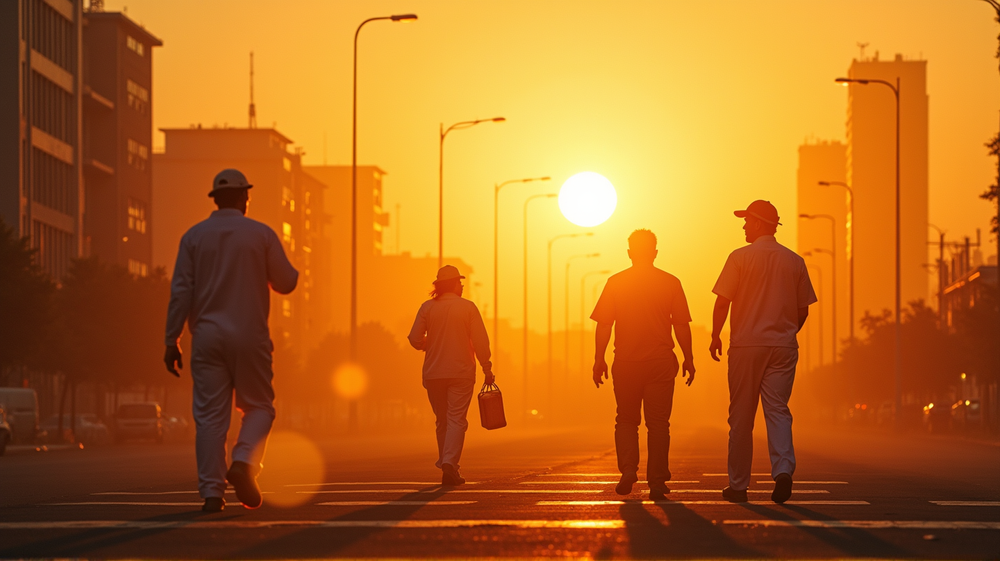Extreme heat is no longer a sporadic occurrence; it’s becoming alarmingly regular, spelling myriad health risks across the globe. As the planet warms, cities like Phoenix have turned into the epicenters of relentless and scorching temperatures, challenging humanity to adapt to this harsh new climate reality.
How Extreme Heat is Transforming Human Health
The human body is resilient, yet continuous exposure to high temperatures can result in severe health issues such as dehydration, heat exhaustion, and even heat strokes. In Phoenix, residents experience this firsthand, with the rising mercury levels forcing many to rethink daily activities and seek cooler shelter. Moreover, the social implications are profound, with vulnerable groups such as the elderly and children facing the highest risk.
The Silent Impact on the Human Body
Extended periods of extreme heat accelerate skin aging and can exacerbate existing medical conditions. Stephanie Sy, reporting from Phoenix, has shared stories of individuals suffering severe sunburns and respiratory problems aggravated by the relentless heatwaves.
The scientific community has echoed these concerns, indicating that global heat events are set to become more frequent. Experts warn that our healthcare systems may soon face new challenges in addressing heat-related conditions, often termed “the silent killers” due to their gradual yet deadly impact.
Protective Measures and Their Role
Communities are coming together to combat the rising temperatures, implementing measures like cooling centers and hydration stations in public areas. Educating citizens on recognizing early signs of heat-related ailments and advocating for proactive measures, like wearing sunblock and reducing outdoor activity, has become vital in reducing risk.
Societal Adaptations in the Face of Heat
This necessity for adaptation is echoed by professionals suggesting innovative urban planning as a countermeasure—a call for greener, smarter cities equipped to handle extreme temperatures. According to PBS, these proactive adaptations are not only vital but urgent.
Future Outlook: Adapting for Survival
While immediate measures help manage current conditions, a long-term plan involving significant policy changes and commitments to reducing global emissions could mitigate future risks. The path to survival and resilience lies in community education and global cooperation, preparing societies to face this new, harsh reality brought on by climate change.
As more regions experience these climatic extremes, it’s clear that collective efforts, innovative solutions, and heightened awareness are crucial to safeguarding public health against the simmering threat of extreme heat.












